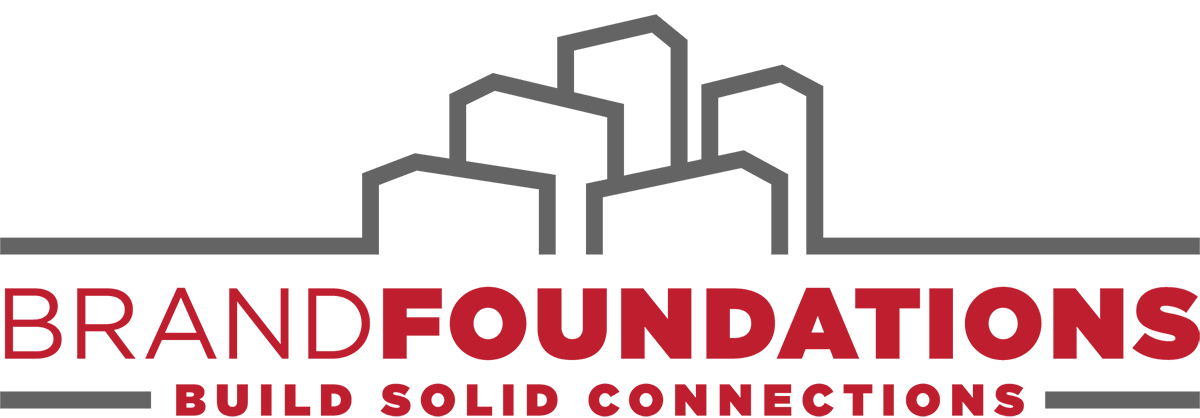With each headline we see chronicling the unfolding mess at Uber, we’re reminded of the deeply entwined relationship between an organization’s external brand and its internal culture. And that no matter how carefully crafted the former, cracks in the latter can ultimately bring the entire house of cards tumbling down.
If you’ve been following our blog posts, you’ve noticed us talking about brand “archetypes,” the essential personality types – as defined by legendary psychologist Carl Jung – that define an organization by linking the way its employees go about doing their jobs to a series of well-understood behavioral storylines. These include such self-explanatory labels as “Caregiver,” “Hero,” “Jester” and “Sage.” It’s worth examining Uber’s current trouble through this lens.
Uber’s overarching brand archetype is that of the “Magician.” And it feels like magic, right? Push a button and presto! – A car appears (eventually), ready to whisk you away to your destination. But behind their own walls, Uber’s out-of-control culture was spinning off a far darker, more sinister form of magic: using its advanced technologies to opportunistically jack up rates, not only during standard peak demand periods like rush hour but in unthinkable instances such as in the aftermath of the recent London Bridge terror incident, when panicked hordes were scrambling to get out of harm’s way.
That dark side rears its ugly head again with numerous stories of rampant sexual harassment at Uber… and the benevolent magician now looks like an evil sorcerer, mad with power and flaunting authority to write his own rules. The results? The hard-charging founder takes an indefinite leave of absence, board members demand change (and then one makes a sexist remark in a public setting!), investors start to jump ship… and the yawning gap between external brand and internal culture is exposed for all to see.
The Next Stagecoach Outta Town
We don’t have to go too far back in time for another example of how an unchecked culture-gone-bad brought a once-mighty brand to its knees. When I say “Wells,” you say “Fargo” and we both think: fake-account scandal.
Here’s another classic case of culture-run-amok betraying a once-proud brand. Wells Fargo has spent more than a 150 years building a brand around the central essence of “trust.” But when that trust is taken for granted – when there’s a cultural disconnect between internal behavior and external promise – it leaves a void in which an over-aggressive, unethical sales group can operate and thrive… until the resulting disclosure causes virtually irreparable brand damage. (Been in the near-empty lobby of a local Wells Fargo branch lately? You could hear an unused deposit slip hit the carpet.)
Traveling Companions for Your Organization’s Life Journey
Culture and brand are born from the same spirit, experiences and immutable truths that lie at the core of your organization and its people. They are twin strands of your corporate DNA that must travel together at the risk of going down dangerously divergent paths.
To help your organization avoid the pitfalls described herein and other self-inflicted brand-culture woes, learn more about BrandFoundations’ popular Brand-Culture Assessment or contact us to discuss your particular challenges.


